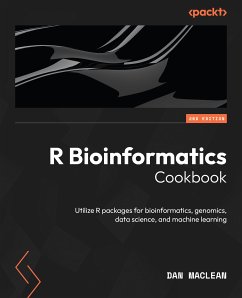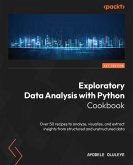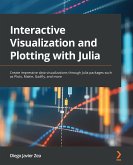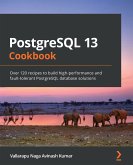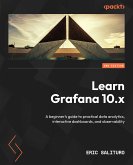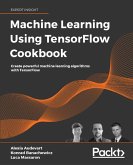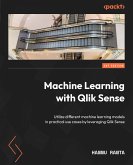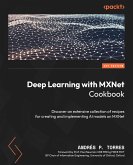This book will walk you through the Bioconductor tools necessary for you to understand and carry out protocols in RNA-seq and ChIP-seq, phylogenetics, genomics, gene search, gene annotation, statistical analysis, and sequence analysis. As you advance, you'll find out how to use Quarto to create data-rich reports, presentations, and websites, as well as get a clear understanding of how machine learning techniques can be applied in the bioinformatics domain. The concluding chapters will help you develop proficiency in key skills, such as gene annotation analysis and functional programming in purrr and base R. Finally, you'll discover how to use the latest AI tools, including ChatGPT, to generate, edit, and understand R code and draft workflows for complex analyses.
By the end of this book, you'll have gained a solid understanding of the skills and techniques needed to become a bioinformatics specialist and efficiently work with large and complex bioinformatics datasets.
Dieser Download kann aus rechtlichen Gründen nur mit Rechnungsadresse in A, B, BG, CY, CZ, D, DK, EW, E, FIN, F, GR, H, IRL, I, LT, L, LR, M, NL, PL, P, R, S, SLO, SK ausgeliefert werden.

